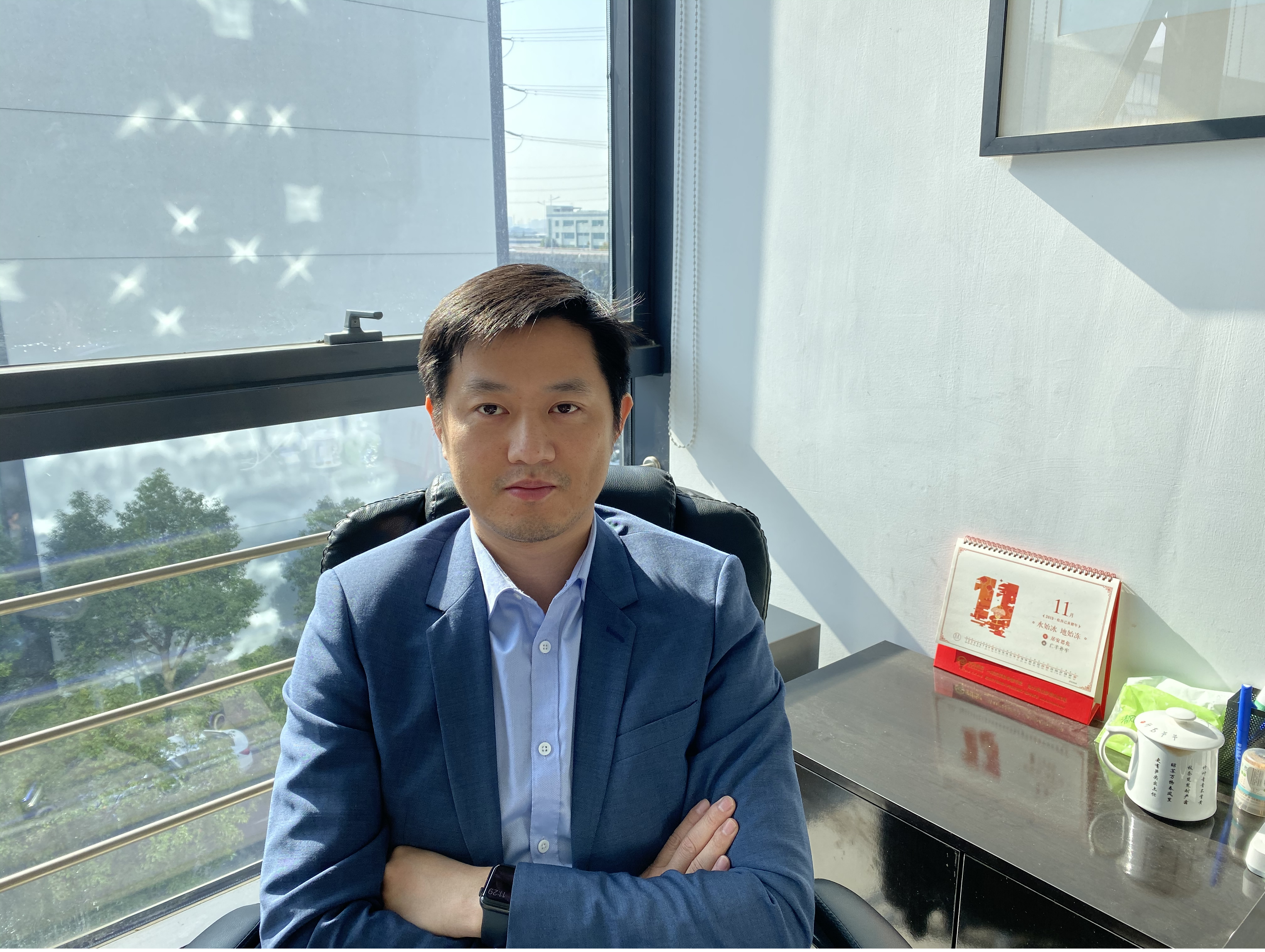Nanomaterials, as a core technology of China's seven strategic emerging industries, plays such a critical role as performance and cost determinant across different sectors, such as new energy, optoelectronic semiconductors, biomedicine, energy environmental protection, and aerospace, etc. In this historic period filled with strategic opportunities, the nanomaterials industry is expecting a global market scale exceeding 70 billion US dollars, where the Chinese market is expected to lead the growth with an ultra-high compound annual growth rate of 34.2%. China's nanomaterials industry has achieved leapfrog development, progressing from "following others" to "running alongside others" and even "being a pacemaker" in certain fields. Through strengthened fundamental research, improved industrial chain, and deepened international cooperation, China is poised to become the global innovation hub and market center for nanomaterials by 2030, spearheading a new round of materials revolution.
As the world is experiencing a critical stage of profound industrial turbulence and transformation, the 3rd Advanced Nano-Material Technology and Industry Forum cordially hopes to bring together insightful individuals who are concerned about China's nanomaterials industry, to jointly explore the development path, policy design, investment and financing directions, and other issues of China's nanomaterials industry, so as to make contributions to the country's industrial upgrading and national rejuvenation.
The forum will invite founders of domestic nanomaterial enterprises with strong technological DNA to conduct in-depth exchanges and discussions on topics such as technological breakthroughs, industrial application, market prospects, and policy support of nanomaterials. By building an open, shared and collaborative platform, this forum aims to promote the in-depth integration of industry, academia, research and application, facilitate enterprises in technological innovation and transformation and upgrading and enhance the position of China’s nanomaterials industry in the global value chain. The forum will also invite partners of market-oriented funds who are specialized in investments in the nanomaterials sector to provide advice and insights on how to achieve accurately targeted financing amid the capital winter, so as to jointly drive the high quality development of China's nanomaterials industry.





























